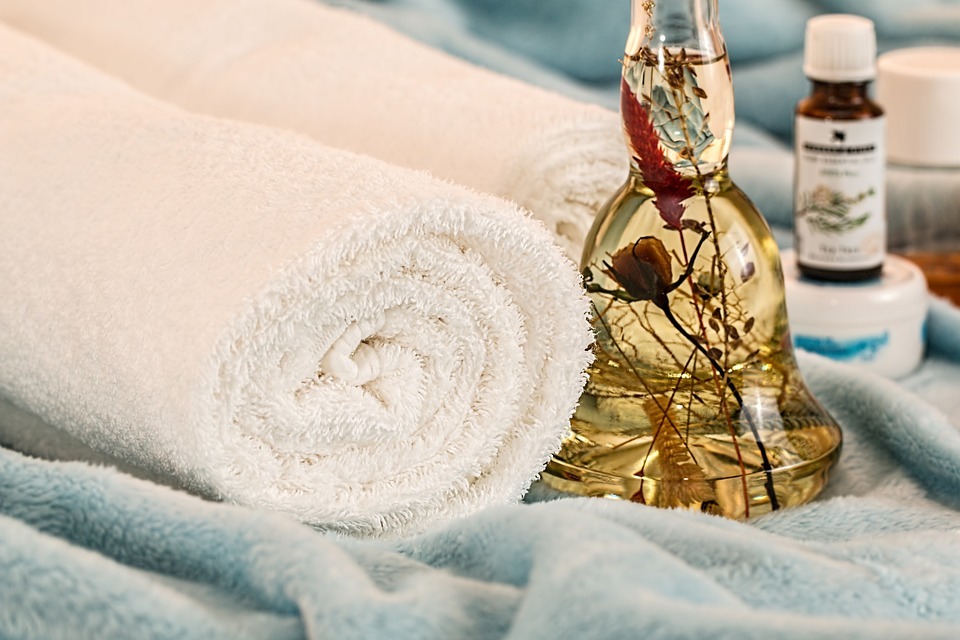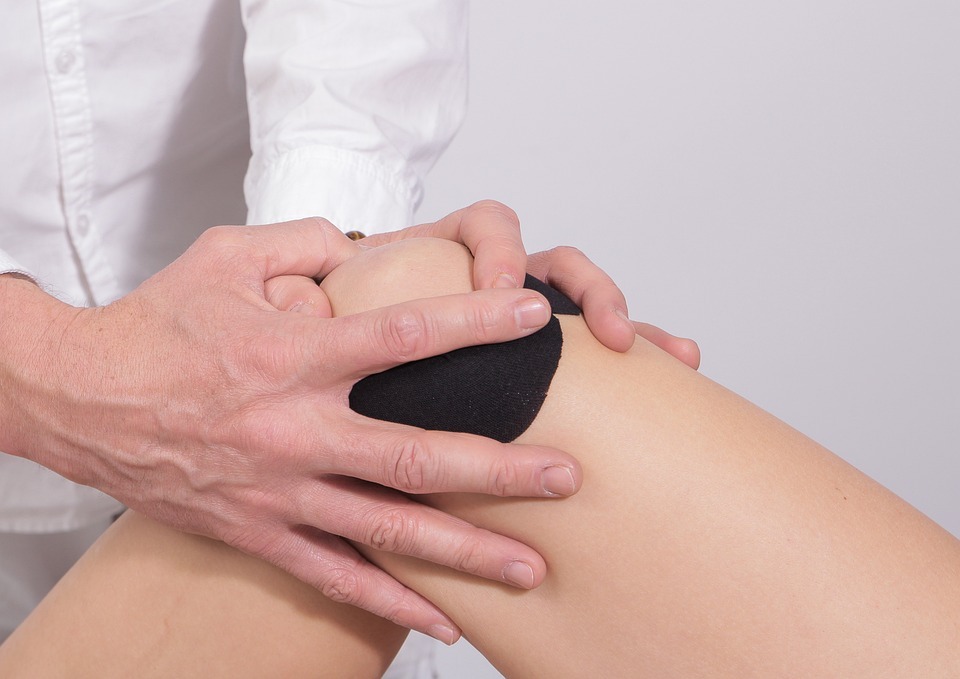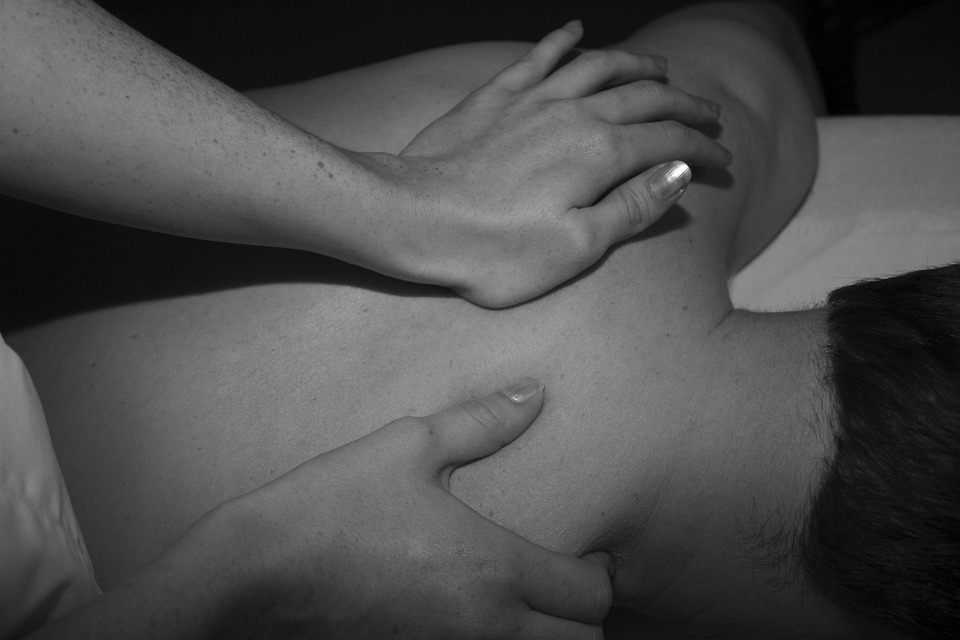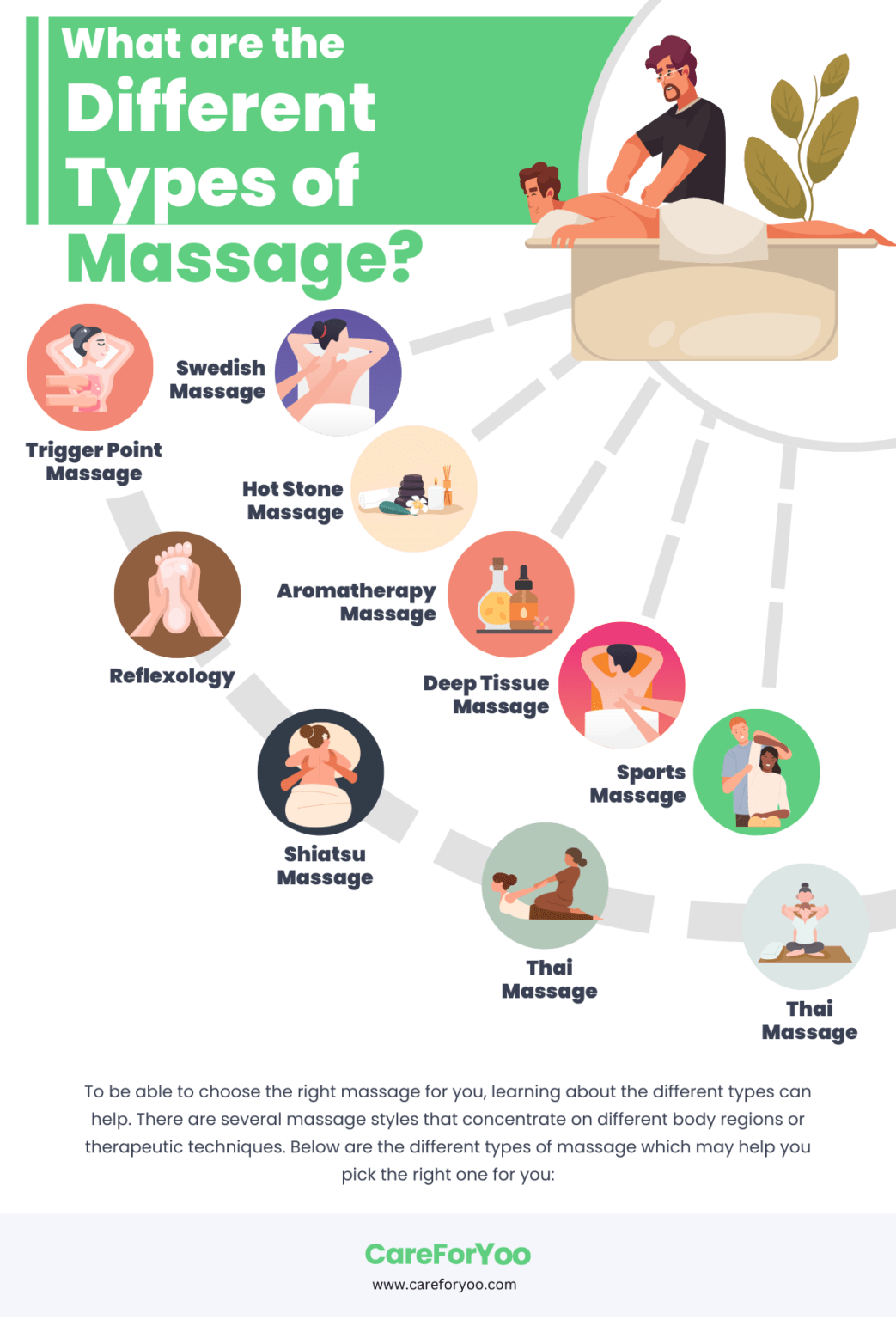Do you often feel overwhelmed and stressed? Do you find it hard to relax and unwind? If so, you’re not alone. Millions of people struggle to cope with stress and anxiety every day. It is an unavoidable part of modern life and can have a significant impact on our mental and physical health.
Stress can have a major impact on our physical and mental health, leading to chronic illnesses, such as depression and anxiety disorders. When faced with a stressful situation, adrenaline is released into your bloodstream, causing a heightened state of alertness and arousal. This leads to physiological changes in the body such as increased heart rate, blood pressure, and respiration rate. This makes prioritizing stress management is important for leading a healthy and fulfilling life.
One of the ways to manage stress is through massage. Massage therapy is a great way to reduce the physical and psychological effects of stress and promote overall well being. It works by manipulating the soft tissues in the body in order to reduce muscle tension, improve circulation, promote relaxation and reduce overall stress levels. Body massage can help reduce feelings of anxiety, tension, and other negative emotions associated with stress. It is a powerful form of self-care that helps to reset both the body and mind from daily stressors.
In this post, we will discuss the science behind massage therapy and how it benefits the body by helping reduce stress levels. We will also look at some popular types of massage therapy and how they can help alleviate physical and mental stress. With this information, you’ll be able to make the right decision about whether massage is right for you or not.
How Massage Therapy Works?
Massage therapy works by manipulating the soft tissues in the body such as muscles, ligaments, tendons, fascia, and skin. A massage therapist will use specific techniques such as kneading, friction, compression and stretching in order to release tension in muscles, relax tight muscles and improve circulation. The effects of massage are felt almost instantaneously which leads to a decrease in stress levels, improved range of motion and an increase in overall wellbeing.
The Mechanics of Massage
Massage is a form of hands-on manipulation that works by applying pressure to certain areas of the body with either a hand or machine. Different types of massage use different techniques such as kneading, rolling, tapping and cupping to target specific muscles.
The type and depth of pressure used during a session varies depending on the purpose of the massage—for example, deep tissue massages are used for more therapeutic purposes while lighter Swedish massages are used for relaxation.
Different Types of Massages
There are numerous styles and techniques when it comes to massage therapy. You should choose one depending on what your needs are and what type of results you are looking for. Some popular types include:
- Swedish massage which uses long strokes with light pressure
- Deep tissue massage which uses deeper pressure along with circular movements
- Sports massage which focuses on specific areas related to athletic performance
- Shiatsu massage which uses acupressure points
- Reflexology which targets specific areas on the feet
- Aromatherapy which uses essential oils
- Hot stone massage in which heated stones are used
- Prenatal massage for pregnant women
How Massage Affects the Body?
When it comes to physical effects, massage therapy helps to improve circulation in the body. This increases oxygenation in tight or knotted muscles, causing them to relax and release tension.
The increased blood flow can also help reduce inflammation as well as promote healing in injured areas throughout the body. In addition, this increased circulation also allows for better nutrient delivery throughout the body, which can improve overall health and wellbeing over time.
Massage can provide relief from chronic pain by targeting those areas that experience more muscle tension than others. This can be due to repetitive motions or posture problems that accompany daily living habits such as sitting at a desk all day long.
Physical Effects of Massage
The physical effects that come from regular use of massage therapy vary depending on any given individual’s needs as well as their goals for treatment, but some common physical benefits include:
- Improved sleep quality due to decreased levels of cortisol (the hormone our bodies produce when under stress)
- Increased range-of-motion due to relaxed muscles
- Better lymph movement due to increased circulation through lymphatic vessels (which help remove toxins from our bodies)
- Relief from muscle tension
- Improved posture due to looser muscles
- Reduced headaches and migraines due to decreased muscle tension
- Reduction in inflammation throughout joints connected to tissue and muscles
- Decrease in overall pain levels from headaches, migraines, or chronic pain conditions
- Decrease in overall fatigue levels throughout our bodies due to improved circulation and detoxification processes occurring through regular therapeutic massages
- Improved recovery time after strenuous activity outside normal daily activities such as running or biking.
How Massage Affects the Body Systems?
Massage affects many systems in the body such as the cardiovascular system (improves circulation), respiratory system (promotes relaxation) as well as musculoskeletal system (reduces muscle tension).
All these bodily functions work together symbiotically. When one is not functioning properly or optimally, then chances are other functions within our bodies will be affected in one way or another. It is important to be aware and mindful about how certain activities and practices affect these aspects and functions.
How Massage Promotes Relaxation?
Massage helps promote relaxation not only through its physical effects but also through psychological effects. Our bodies naturally tense up when under sustained stress—whether it’s caused by anxiety or other life events such as work deadlines or big family events. One way to counteract this is by using methods like massage, which help relax your tense muscles and work out any ‘knots’ that may have developed over time.
It also relieves muscle tension by releasing built up lactic acid from tired muscles, which reduces soreness making movement easier. Massage therapy helps soothe away any mental anxieties and promotes relaxation through increased endorphin levels that help calm the nervous system.
Psychological Effects of Massage
When you are under stress, things seem bigger than you would think. Massage therapy can be an excellent tool for managing stress and taking care of our mental health. It promotes relaxation, reducing stress levels, and helping us stay in control of our emotional wellbeing.
The positive psychological effects of body massage include reduced anxiety levels, enhanced mental clarity and better management of depression symptoms. It reduces stress responses such as increased heart rate and muscle tension, providing emotional stability and improved mood.
The natural endorphin-releasing properties combined with the sense of calmness associated with relaxation ensures that having regular massage treatments lead you to a better mental state. By combining physical relaxation with emotional stability gained through regular massaging sessions, your mind and body realign.
Benefits of Regular Massage
Regular massage sessions can be beneficial for long-term stress management due to their cumulative effect over time. Studies have shown that people who receive regular massages experience better overall health and wellbeing due to improved circulation and reduced inflammation.
Furthermore, regular massages can lead to increased productivity as well as improved focus. This is mainly due to lower cortisol levels, which allows us to remain in control when faced with stressful situations instead of being overwhelmed by them or going into panic mode.
Choosing the Right Massage
Selecting the right massage solution is essential when you want to use it as part of your stress management routine. Each type of massage–from Swedish and Shiatsu massages to deep tissue—can offer different benefits depending on individual needs. Lighter touch therapies are suitable for general relaxation and alleviating mild aches and pains. Precise, more targeted treatments, on the other hand, provide relief for deeper rooted injuries caused postural misalignment imbalance.
Swedish massage is often seen as a good introductory treatment due its general kneading movements. It helps relax superficial muscles while providing relief from joint pains.
Shiatsu uses energetic techniques specifically designed to restore balanced energy systems within the body. It alleviates any trapped energy held between shoulder blades, resulting in poor posture and pressure on neck and shoulders.
Deep tissue treatment involves applying sustained pressure aimed at breaking down muscular knots to help regain normal structure. Many neck and shoulder pains are caused due to lactic acid build up in muscles over time. This can happen because of strenuous activity or maintaining an incorrect posture for too long. This results in soreness felt across the back nape region, leading to fatigue headaches etc.
How To Find A Qualified Therapist?
Before booking any massage treatment, ensure that the therapist is fully qualified and trust worthy by checking reviews of previous clients. Some will only provide medical attestations regarding correctness of their qualifications while others will have certificates from accredited training bodies to show that they really know what they are doing.
You can also ask around amongst your friends and family and find out which therapist they recommend. If they are satisfied with their experience, you might be too. Make sure that you and the therapist are on the same page. If something feels uncomfortable to you, tell them. Similarly, all your sensitivities and health conditions must be communicated beforehand, so they can devise a treatment solution tailored to your needs.
Conclusion
There is strong evidence that suggests that regular massages can help deal with stress by reducing physical tension. They also provide psychological benefits such as reduced anxiety levels and improved mental clarity that leads to better overall wellbeing. When incorporated into your self-care regimen as an effective stress management tool, massage enables you to manage stressful situations better without becoming overwhelmed or falling into a panic mode.






